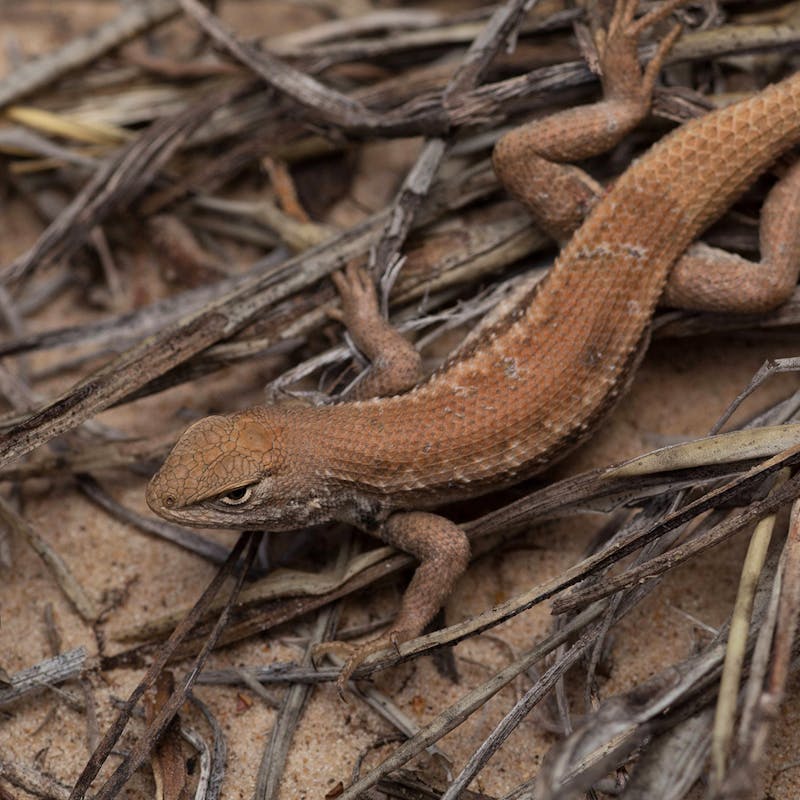Tweet“The science is clear; the dunes sagebrush lizard needs federal protections to survive and the issuance of the 90-day finding will ensure that listing efforts move forward,” said Jason Rylander, senior counsel for Defenders of Wildlife. “This species has been caught in political crossfire for decades, and we are hopeful that FWS will make the right decision to finally give this species the protections it desperately needs.”
The U.S. Fish and Wildlife Service (FWS) agreed today to decide by June 30 whether to consider a proposal to list the dunes sagebrush lizard under the Endangered Species Act. If the petition to list is accepted, the agency will launch a one-year review to determine whether to actually protect the rare lizards, which live in Texas and New Mexico.
Defenders of Wildlife and the Center for Biological Diversity petitioned FWS to list the species as threatened or endangered in May 2018. When the agency failed to act on the petition as required under the Act, the conservation groups sued.
“The science is clear; the dunes sagebrush lizard needs federal protections to survive and the issuance of the 90-day finding will ensure that listing efforts move forward,” said Jason Rylander, senior counsel for Defenders of Wildlife. “This species has been caught in political crossfire for decades, and we are hopeful that FWS will make the right decision to finally give this species the protections it desperately needs.”
The petition also requested designation of critical habitat for the lizards. Thousands of acres where the rare animals live are at risk from increased oil and gas drilling and sand-mining projects in Texas and New Mexico.
“The dunes sagebrush lizard has waited for protection for more than 30 years, even as its habitat has been disappearing under a sea of oil and gas derricks,” said Noah Greenwald, endangered species director at the Center. “With Endangered Species Act protections, we can save the lizard and our climate too by stopping the expansion of drilling in the Permian Basin.”
The lizard has been a candidate for listing since 1982, but it wasn’t until 2010 that FWS finally proposed listing it as endangered. The agency then declined to list the species in 2012 after approving a hastily designed Texas conservation plan developed by then-Texas Comptroller of Public Accounts Susan Combs.
The plan was so ineffective in conserving lizard habitat, however, that current Comptroller Glenn Hegar formally rescinded it in December 2018. FWS has yet to approve a new conservation plan for the lizard.
For over 75 years, Defenders of Wildlife has remained dedicated to protecting all native animals and plants in their natural communities. With a nationwide network of nearly 2.1 million members and supporters, Defenders of Wildlife is a leading advocate for innovative solutions to safeguard our wildlife for generations to come. To learn more, please visit https://defenders.org/newsroom or follow us on X @Defenders.
Media Contact
News

Scientists Join Religious Community in Calling for a Strong Endangered Species Act


